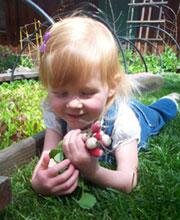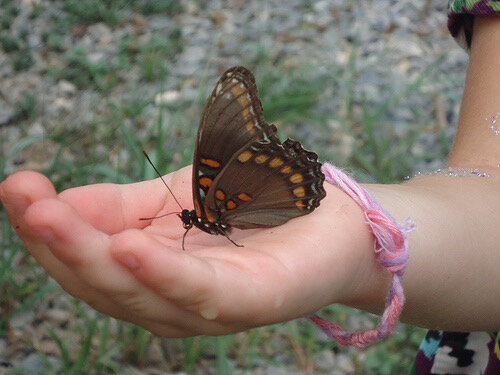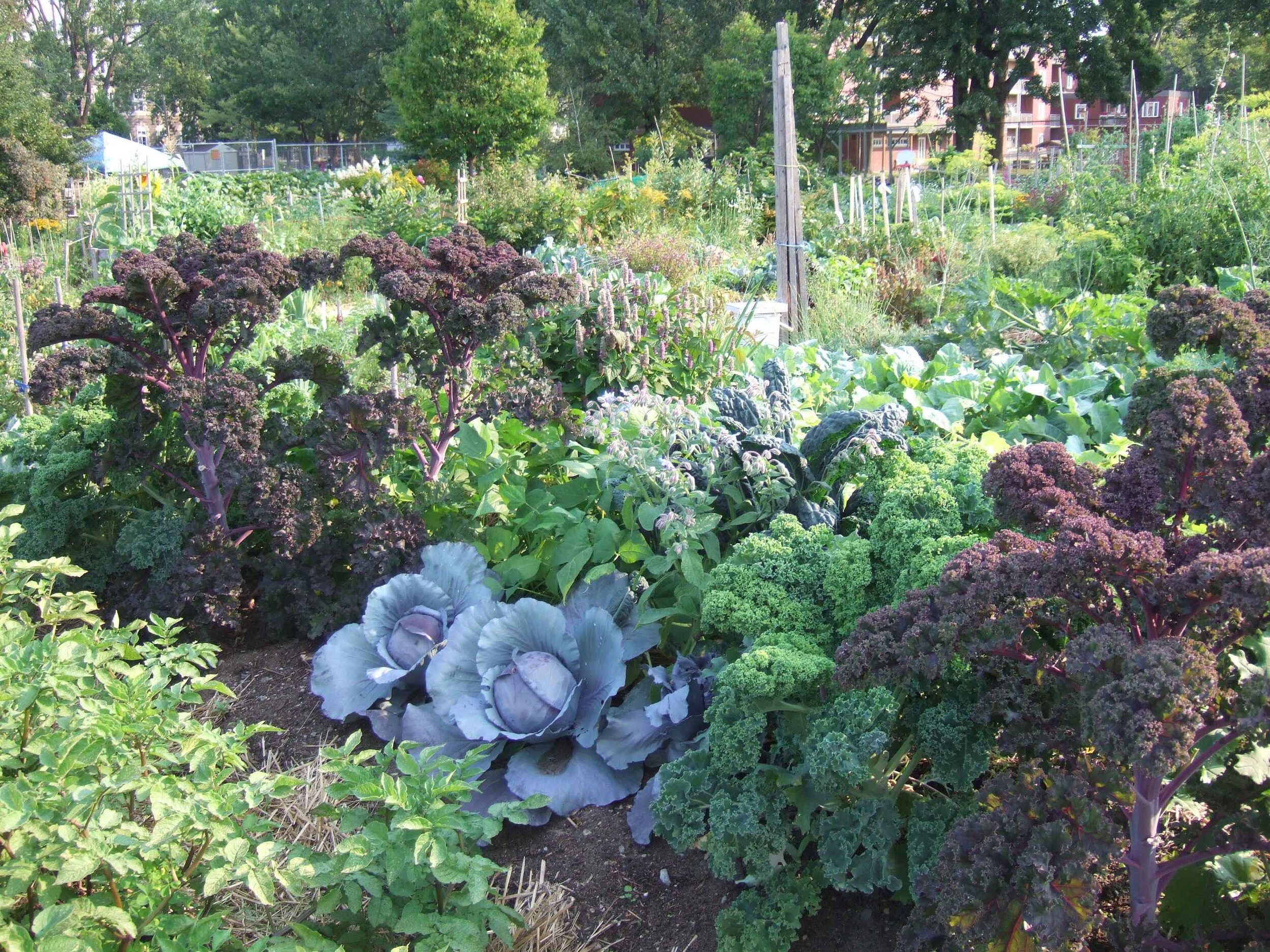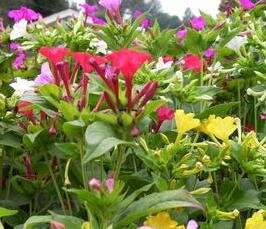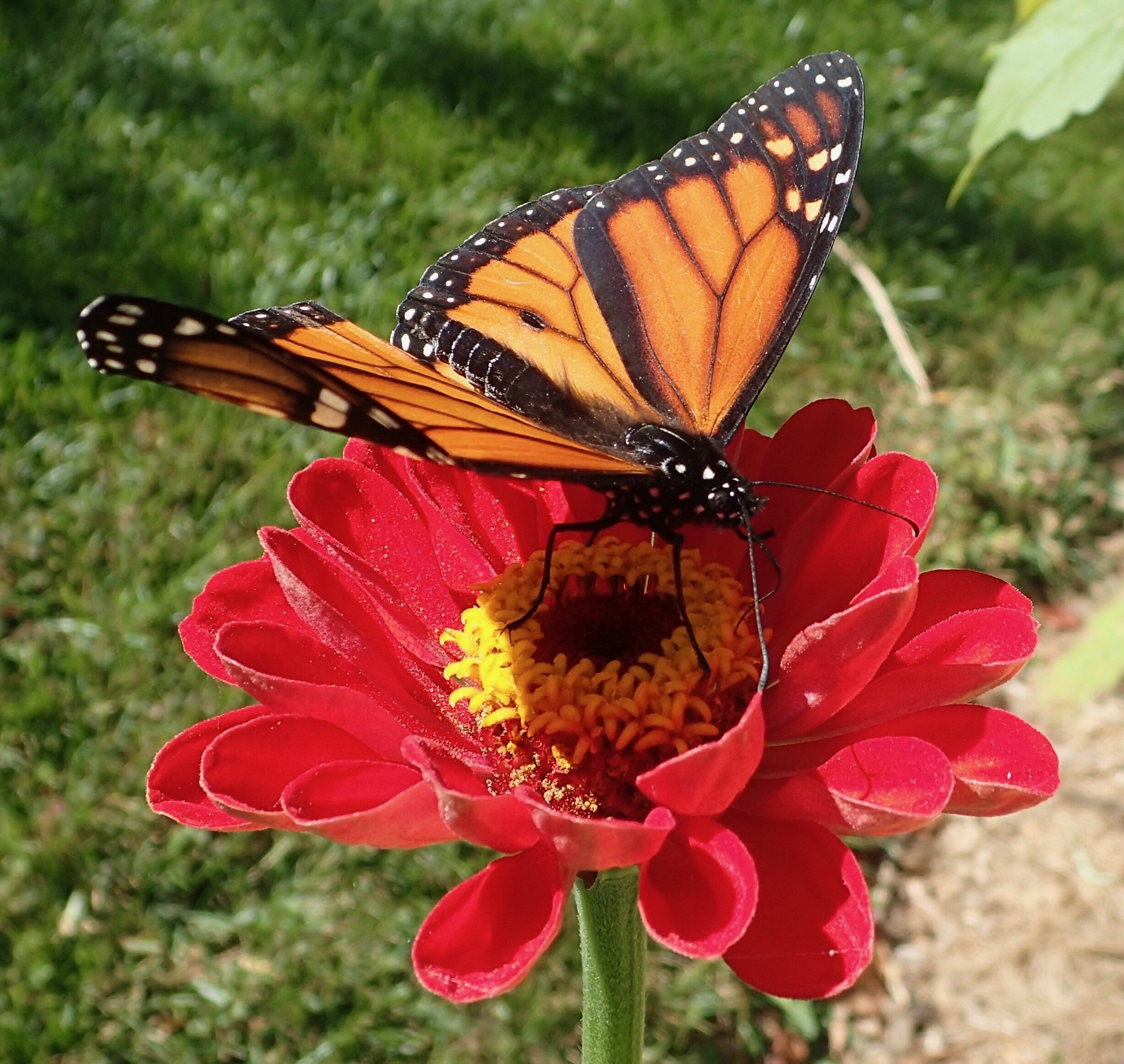Gardening With Children
Multitudes of stay-at-homers discovered gardening during the pandemic of 2020. They found the joy that comes from watching seedlings emerge from the soil, and butterflies flock to colorful zinnias. They experienced the pleasures of eating tomatoes fresh from the garden. And they got their children and grandchildren out in the garden as well!
Here are ten fun ideas sure to keep young gardeners engaged and enthusiastic:
1. Plant Sunflowers. Sunflower seeds are big enough for children to sow easily, and the plants are satisfying to observe as they grow quickly from a seedling to a behemoth. Plus, they’re magnets for bees and other pollinators, as well as seed-eating birds such as goldfinches. Sow the seeds in a sunny spot directly in the ground in early summer.
2. Plant Dill for Swallowtail Butterflies. Dill is another fascinating plant to observe, as it reliably attracts the colorful larvae of swallowtail butterflies. When touched by an inquisitive child, the caterpillars’ antennae will pop out and release a defensive odor. Sprinkle dill seeds in the ground in early spring.
3. Make Carrot Seed Tape. Carrots are a delight to harvest with children, but not a lot of fun to thin. So, make a project out of creating seed tape using toilet paper. Lay out a 3-foot strip of toilet paper and sprinkle seeds, spacing them roughly two inches apart. Spray the toilet paper with water once the seeds are where you want them, and fold it over lengthwise so that you have a 3-foot length of seed tape that is ½ the width of a piece of toilet paper. Lay the seed tape in the garden immediately, covering it lightly with soil, and keep the soil evenly moist until the plants germinate. Carrots can be planted in mid to late spring.
4. Plant a Container Tomato in a Pot. Your children will be enthusiastic about eating vegetables that they have a hand in growing and harvesting. Get a large 5-gallon pot and fill it with a rich mix of compost and a soilless medium, and plant a single container-type tomato in it once night temperatures are consistently over 50°F (10°). Charge your child with checking the plant every day and watering if the soil is dry an inch below the surface. When it gets large it will need daily watering. You’ll need to fertilize the plant every other week with a liquid organic fertilizer to keep it healthy and productive.
5. Start a Salad Garden. Even before you’ve planted your tomato, in mid-spring, you and your helper(s) can sow salad greens in a container or directly in the soil. Sprinkle lettuce seeds about an inch apart and cover the row lightly with soil.
6. Visit a Community Garden. Visit the community garden when gardeners are present. Engage them in conversation—gardeners are generally happy to share information about what they’ve planted and how they’re growing it.
7. Make a Compost Pile. Teach your children about soil by making a compost pile or constructing or purchasing a compost bin. Fill it with weeds that have not yet gone to seed, kitchen scraps, clippings, fall leaves, and even shredded paper. Turn the pile and examine the earthworms, millipedes, and other decomposers. When the materials are broken down, use the compost in the garden.
8. Plant Four O Clocks. Four o’clocks are fun to have in the garden because, unlike most flowers, they open in the cool of the evening and close sometime the next morning. And the large seeds are easy to plant directly in the soil. Observe when the flowers open; the times can differ depending on the weather. Sow four o’clock seeds in a sunny spot in late spring, and cover them with about ½ inch of soil.
9. Make Plant Markers. Plant markers can be made out of any material – old aluminum blinds, popsicle sticks, even rocks. Gather your markers and paints and involve the kids in making and placing colorful vegetable garden markers.
10. Plant Zinnias. Zinnia seeds are large enough for small hands to sow easily, and the flowers attract butterflies. They also make colorful bouquets. Sow the seeds in a sunny spot directly in the ground in early summer.

